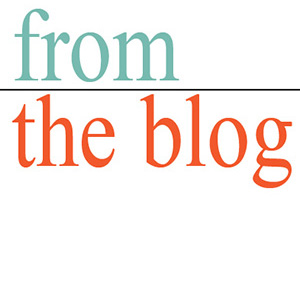I have no idea if high-speed rail, hyperloops, driverless cars, flying cars, electric scooters, or using one’s turn signal are ever going to take hold. But, one advance that I thought California’s planners could count was ride-sharing.
Until the other day.
As is well known in California, Assembly Bill 5 would reclassify many “gig workers” as employees, requiring companies — most notably ride-hailing companies Uber and Lyft — to provide more benefits, more predictable schedules, and, possibly, higher pay. The passed both chambers of the Legislature and now sits on Gov. Gavin Newsom’s desk. He’s expected to sign it.
It used to be — back in the mid-2010s — that apps were the disruptors, moving fast, breaking things, getting sued, etc. Now they’re finding that governments, with perhaps a longer wind-up, can do their damage of their own, with the flash of a pen.
I am all for workers’ rights. Anyone who puts in honest time deserves honest compensation (they also deserve plentiful, reasonably priced housing so as not to squander that compensation). I’m not, however, sure about the forced reclassification of freelance workers who often gain in personal freedom what they might lose in financial compensation. I happen to be a fan of personal freedom, but I'm also not living paycheck-to-paycheck.
(Disclosure: I work freelance, and I love it. I also happen to love journalism, which could, according to the Sacramento Bee’s analysis, be devastated by AB 5.)
However you may feel about the benefits to workers, though, the impacts on the ride-hailing (or ridesharing, if you prefer; nobody calls them TNCs) companies themselves and, by extension, on the availability of rides.
The short version is, if Uber and Lyft have to pay more for labor, costs to passengers are going to rise, and, in turn, fewer people will use the services. The companies, which are bleeding cash, might even fail. Opponents of ride-hailing — and there are many, especially since Uber founder Travis Kallinack outed himself as a world-class lout — may tell them good riddance.
Proponents of good urbanism, and the poor planners who are trying to keep up with the times, face much more complex prospects.
A preface: Where ride-hailing is concerned, ambiguities abound. There’s fairly convincing research that suggests that, by making it easier for people to travel in conventional cars, it puts more of them on the road. Some studies show that ride-hailing takes passengers away from public transit. And because algorithms aren’t perfect, there’s a lot of dead-heading when rides involve the suburbs. That’s bad if you oppose pollution, congestion, and support public transit.
On the other hand, ridesharing has enabled some people to dispense with personal cars altogether. A hip young couple living in Los Angeles’s Koreatown can take the subway to work at Ernst & Young on weekdays and take Uber to see the director’s cut of The Royal Tenenbaums at Hollywood Forever on weekends. And the truly shared services — like Uber Pool — promise some pretty serious efficiencies. And rideshare can save the first-mile, last-mile problem.
Whatever the macro impact may be, planners and developers have very much bought into the promise of ride-hailing. Or, at least, they’re accommodating it.
Partly amid the promise of ride-hailing, cities are reducing parking requirements. They’re forging ahead with transit oriented plans. They’re mandating drop-off zones and rethinking their curb spaces. And developers are doing the same. What apartment developer wouldn’t want to shave off some spaces and provide an Uber discount instead?
Obviously none of these advances is monumental — nothing like, say, bulldozing your neighborhood to build a freeway — but they might be collectively significant and, I think, beneficial. Ride-hailing is even built into assumptions about vehicle miles traveled and Sustainable Communities Strategies.
Obviously none of these advances is monumental — nothing like, say, bulldozing your neighborhood to build a freeway — but they might be collectively significant and, I think, beneficial. Ride-hailing is even built into assumptions about vehicle miles traveled and Sustainable Communities Strategies.
With AB 5, I can’t help thinking of cities in the Central Valley that, like harbors on a lake that has dried up, have planned for a statewide high-speed rail network and now have to make due with a stubbier version through no fault of their own.
If the Uberpocalypse (Lyftaclysm?) transpires, cities are going to find themselves time-warped back to 2009. Granted, a lot has improved since then, including accessibility of public transit statewide. But many of those plans that were designed not just to accommodate but indeed to optimize the use of rideshare are now like tears in the rain.
Planners and developers are going to have to consider a rideshare-less world (unless, of course, the rideshare companies’ proposed ballot initiative succeeds) while, at the same time, preparing for the next mobility revolution, whatever that may be. It makes you think that maybe we should stop relying on technology altogether and just stick with cycling, buses, wheelchairs, and walking.
"But what about those flying cars!?" you say?
They’re coming next year. Brought to you by Uber.

